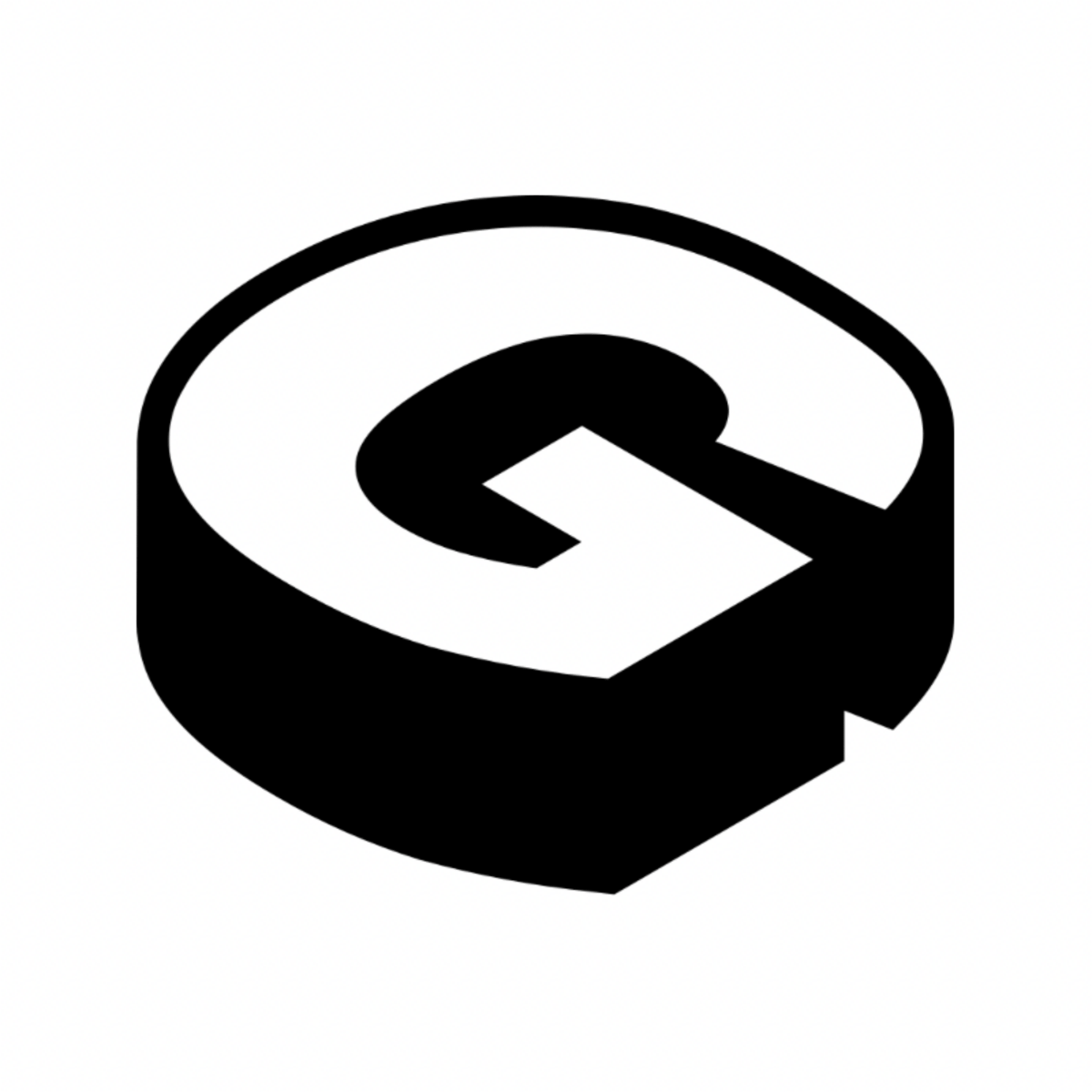Building an Everyday Carry (EDC) kit is about striking the perfect balance between functionality, portability, and efficiency—without falling into the trap of overbuying unnecessary gear. Whether you’re assembling your first EDC or refining an existing setup, this guide will help you build the perfect EDC kit without wasting money on items that won’t actually serve you.
Step 1: Identify Your Needs, Not Trends
Before buying anything, ask yourself:
✔ What do I use daily?
✔ What situations do I need to be prepared for?
✔ What do I often wish I had on hand?
Avoid buying gear just because it looks cool or is hyped online. EDC is about utility—what works for you might not be what works for someone else.
Step 2: The Core EDC Essentials
Every great EDC setup includes a few key items. Start with these basics before adding extras:
1. The Right Wallet
Skip bulky bifolds. Opt for a slim, RFID-blocking wallet to avoid pocket bulk.
Budget pick: Ridge Wallet alternative like Mountain Voyage ($35).
Best value: Ekster Parliament ($89) – built-in tracker option.
2. A Reliable Pocket Knife (Check local carry laws!)
Skip unnecessary gimmicks. A sharp, lightweight blade is all you need.
Budget pick: CRKT Pilar III ($60) – solid performance for the price.
Best value: Spyderco Para 3 ($200) – durable and ergonomic.
3. A Functional Multi-Tool
Don’t overdo it. You likely don’t need 20+ tools in your pocket.
Budget pick: Gerber Dime ($30) – compact and practical.
Best value: Leatherman Skeletool ($90) – lightweight and versatile.
4. A Quality Flashlight
Avoid cheap gimmick lights. Go for something rechargeable and pocket-sized.
Budget pick: Olight i3T EOS ($20) – compact and reliable.
Best value: Streamlight Microstream USB ($40) – bright and rechargeable.
5. A Pen That Lasts
Plastic pens break. A metal-body pen is a worthwhile upgrade.
Budget pick: Zebra F-701 ($12) – stainless steel and refillable.
Best value: Fisher Space Pen ($30) – writes anywhere, lasts forever.
Step 3: Carry Smart, Not Heavy
Your EDC should be lightweight and intentional—not a burden. Ask yourself:
✅ Do I really need this every day?
✅ Is there a lighter alternative?
✅ Can I combine functions into one tool?
For example, instead of carrying a flashlight, multi-tool, and knife separately, a Leatherman Free P4 (multi-tool with a built-in knife and light) may replace all three.
Step 4: Budget Wisely—Where to Spend vs. Save
Not all gear is created equal. Here’s where to spend and where to save:
💰 Spend More On:
✔ A high-quality knife – durability and safety matter.
✔ A reliable flashlight – brightness and battery life are key.
✔ A durable wallet – protects cards, lasts longer.
💸 Save Money On:
✔ A pen – solid metal pens don’t need to be expensive.
✔ A key organizer – simple options work just as well as premium brands.
✔ A notebook – Field Notes are great, but budget brands are nearly identical.
Step 5: Avoid These Common Money-Wasting Mistakes
🚫 Buying trendy gear that doesn’t fit your needs.
🚫 Overloading your pockets with unnecessary items.
🚫 Ignoring build quality—cheap gear breaks fast.
🚫 Buying the most expensive option just because it’s premium.
Final Thoughts: Build Your EDC Over Time
A great EDC setup doesn’t need to be built overnight. Start with the essentials, test what works, and refine over time. The key is functionality over flash—buy gear that fits your life, not just your Instagram feed.
What’s in Your EDC?
Let us know your go-to gear!

